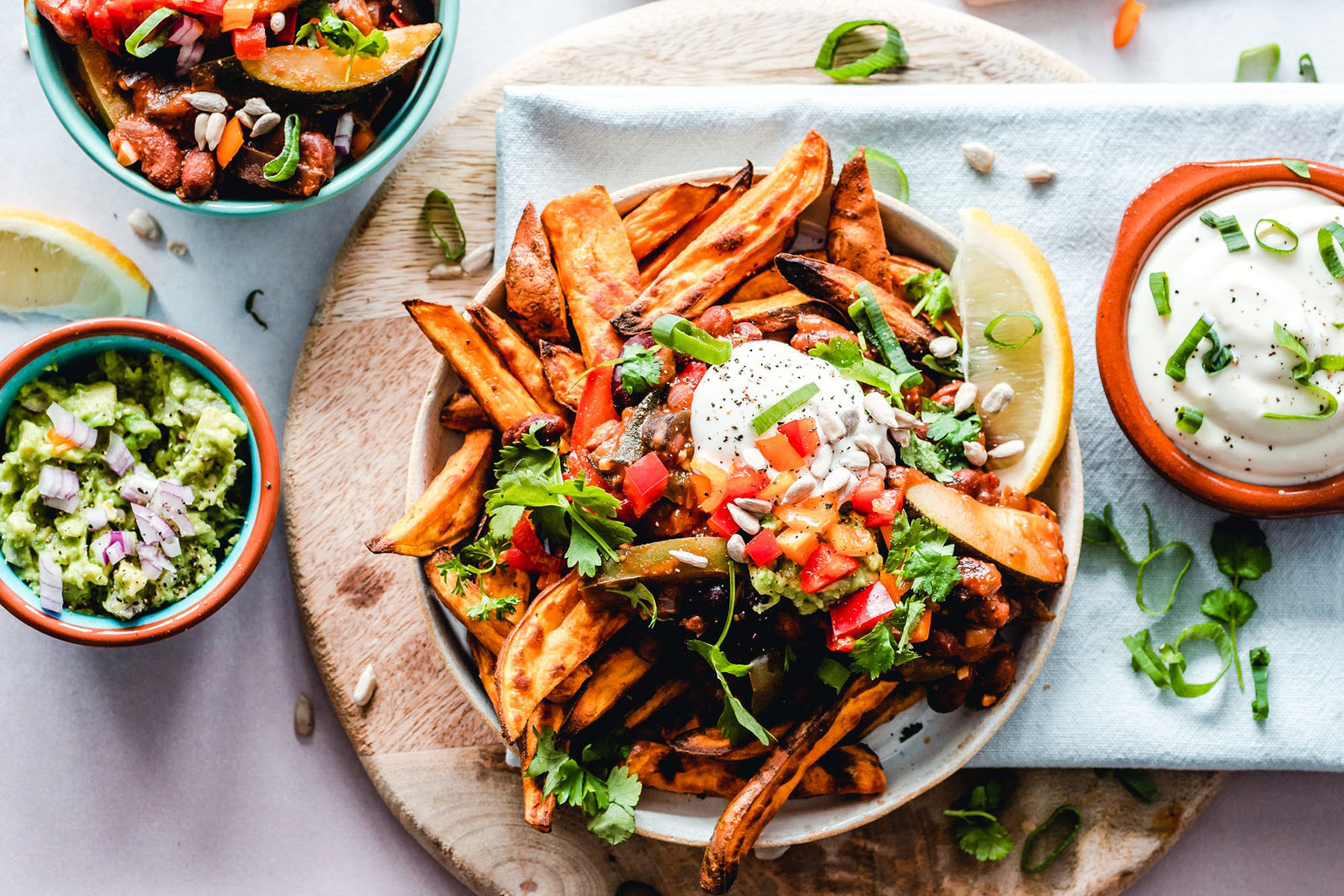To make your clean diet journey a little easier, we break down 9 simple food swaps to try today for a nourishing yet no less satisfying meal.
There are some foods we inherently know are bad for our health and/or weight. Think potato chips, candy, mayonnaise and sugary foods. But did you know that some commonly thought as “nutritious” items such as granola and fruit juice could also be the reason why you’re not achieving your fitness and wellness goals?
Aside from the general rule that fresh produce is better than highly processed foods, there are many healthy food swaps that we can implement in our diets. Whether to lose weight or to maintain a wholesome lifestyle, these swaps can do wonders to boost your energy, improve digestion and reduce your calorie intake.
While reading nutritional labels is a good practice to compare food options, it’s time consuming and not always accessible. To make your clean diet journey a little easier, we break down 9 simple food swaps to try today for a nourishing yet no less satisfying meal.
White rice to cauliflower rice
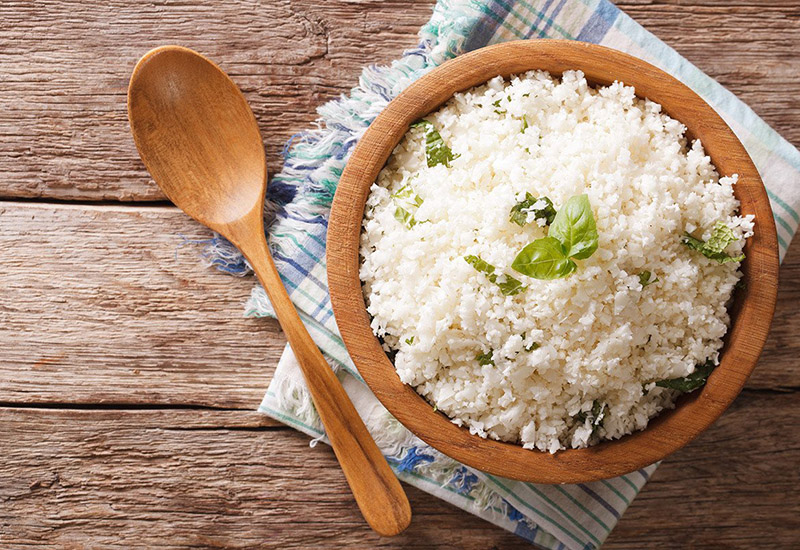
As Asians, the thought of cutting down rice seems impossible or borderline offensive. Unfortunately, the most commonly served varieties, namely white rice and jasmine rice, offer calories and carbohydrates with little to no essential nutrients. Brown rice or basmati rice are healthier options due to their lower glycemic index – which converts carbs to blood sugar at a slower rate, resulting in more sustainable energy – but there’s another alternative that’s even more nutritious and arguably tastier: cauliflower rice. Not only is it lower in calories and higher in fibre, it’s also packed with antioxidants and vitamins to promote healthy digestion, weight loss and lower cholesterol.
Mayonnaise to mustard or avocado mash
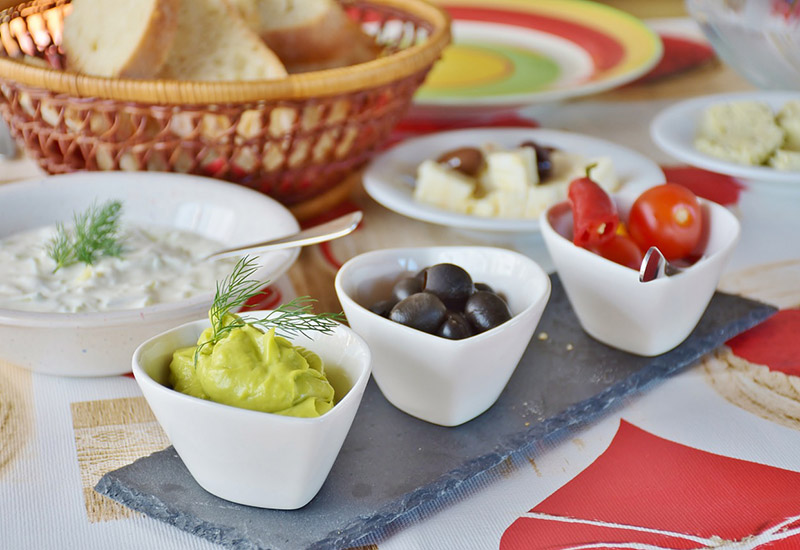
Dressings are one of the sneakiest foods that can increase your calorie intake without you realising it. For instance, one tablespoon of mayo can add about 90 calories to your meal. On the other hand, mustard and mashed avocado contain roughly about 10 calories and 25 calories per tablespoon respectively. The former is recommended for its high content of calcium and vitamins C, A and K, whereas the latter is great for adding fibre and unsaturated fats to your meal.
French fries to baked sweet potato fries
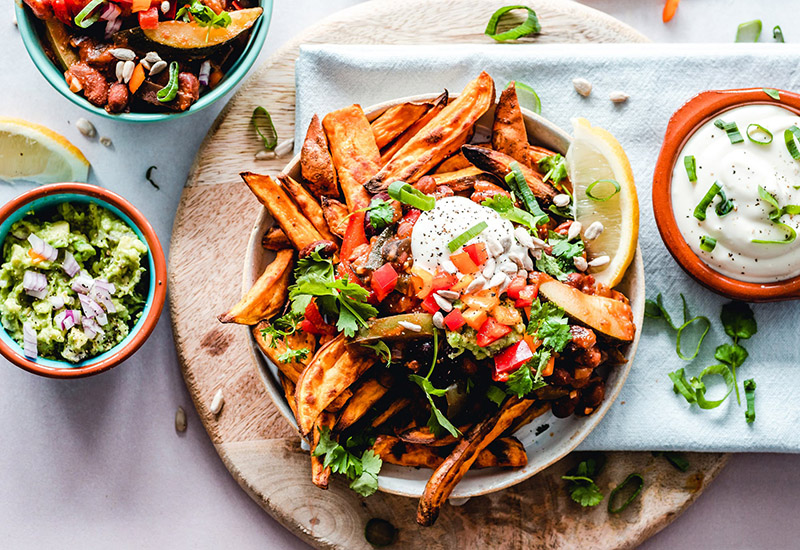
Like almost everyone else, you probably grew up loving French fries from your favourite fast food chain. Now allow us to introduce you to your new food craving – baked sweet potato fries. As French fries are typically deep fried, they contain double the calories of baked sweet potato fries without the vitamin A that the latter provides. Though sweet potato fries have slightly more carbs, it is lower in sodium and more nutrient dense, making it the healthier choice.
Fruit juice to fresh fruits
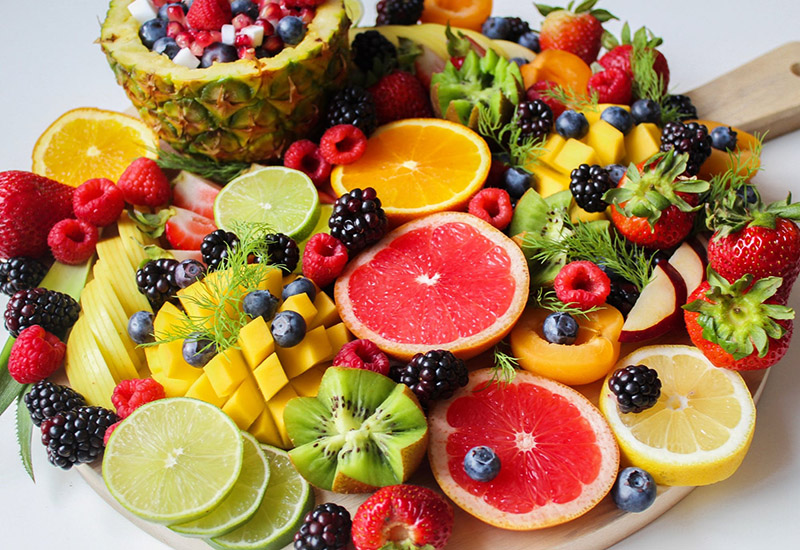
Generally, fruit juice is a great source of antioxidants, vitamins and minerals. However, juicing causes the fruit to lose its fibre and some of its nutrient contents. Due to the lack of fibre, the natural sugars are also more easily absorbed into the body, causing a spike in blood sugar levels. Therefore, eating the whole fruit is significantly better for our bodies to benefit from all the nourishment that fruits offer.
Sugar to maple syrup
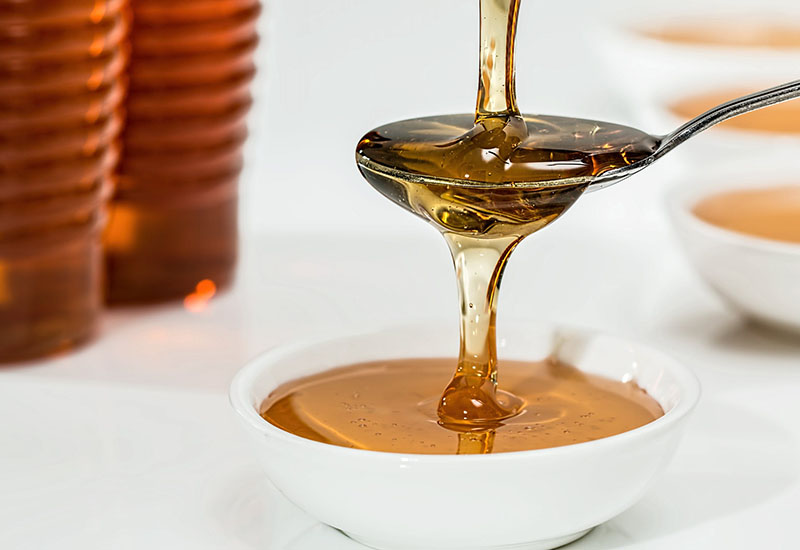 Whether you’re a sweet tooth or not, sugar is inevitable. It’s in your peanut butter, pasta sauce, instant coffee and the list goes on. This is worrying because sugar is linked to many health concerns, including diabetes, heart disease, cavities and even acne. That said, you can get away with using maple syrup as a substitute when baking or making beverages at home. Simply use a quarter less of maple syrup than you would sugar for the desired sweetness. (Disclaimer: maple syrup is still a form of sweetener, so it should not be used in excess despite posing lower health risks than sugar.)
Whether you’re a sweet tooth or not, sugar is inevitable. It’s in your peanut butter, pasta sauce, instant coffee and the list goes on. This is worrying because sugar is linked to many health concerns, including diabetes, heart disease, cavities and even acne. That said, you can get away with using maple syrup as a substitute when baking or making beverages at home. Simply use a quarter less of maple syrup than you would sugar for the desired sweetness. (Disclaimer: maple syrup is still a form of sweetener, so it should not be used in excess despite posing lower health risks than sugar.)
Potato chips to nuts
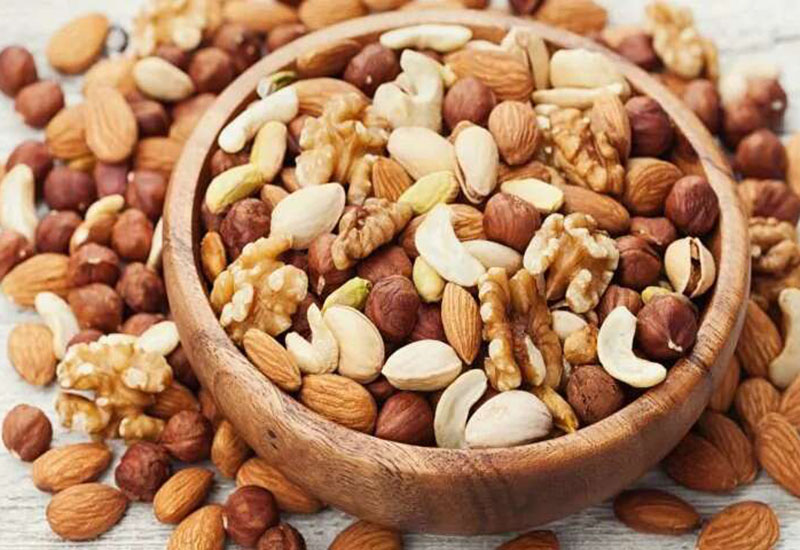
Snack time doesn’t necessarily have to be synonymous with bad calories. Instead of binging on potato chips that are high in fat, sodium and cholesterol, try snacking on nuts. They are good sources of protein, omega-6 and omega-3, as well as monounsaturated fats, which helps to reduce risk of heart disease. Different nuts have different health benefits, so feel free to mix up your nut jar. Bear in mind to avoid the salted, flavoured types though as this may affect their nutritional value.
Cow’s milk to plant-based milk
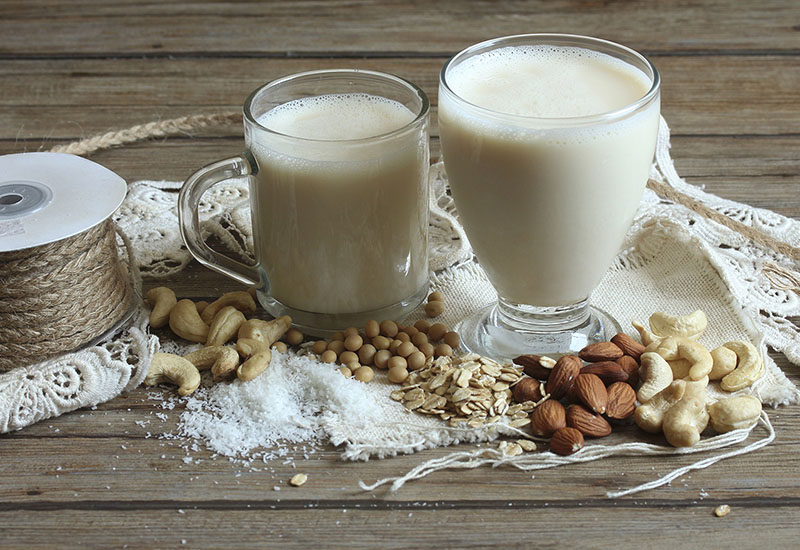
Vegetarians and vegans have long been proponents of soy milk over cow milk or goat milk. The primary reason is obvious, but soy milk is also lower in calories, sugars and fat while offering nearly the same amount of protein. If you’re allergic to soy or can’t stand its unique taste though, try almond milk instead. It has a more pleasant, nutty flavour with higher vitamin D and even less calories, but trades off protein and carbs. Like soy milk, it’s also safe for vegans and the lactose-tolerant.
Granola to oatmeal or wholegrain cereal
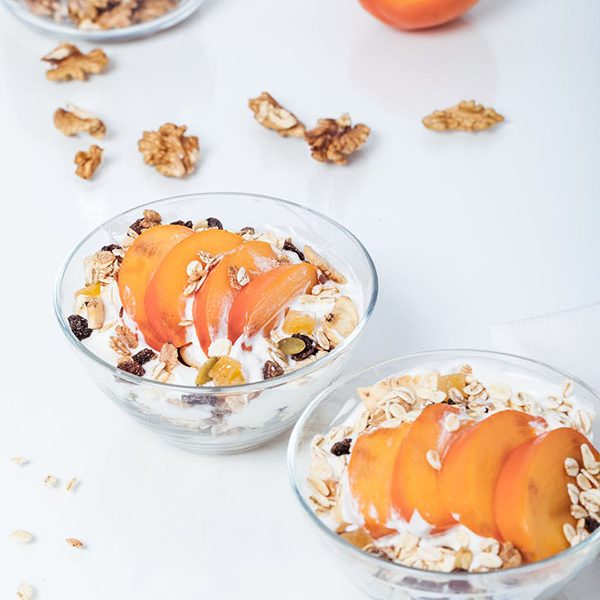 Granola may be high in fibre, iron and carbohydrates, but most brands also contain a high content of sugar. Some even include a mixture of dried fruits, nuts and added sweeteners, which isn’t ideal if your goal is weight loss. Instead, opt for oatmeal (rolled, not instant) or plain, wholegrain cereals. These substitutes are richer in fibre and lower in calories, plus digest slower than granola, dispersing energy throughout the day. You can also add your own fresh fruits for taste.
Granola may be high in fibre, iron and carbohydrates, but most brands also contain a high content of sugar. Some even include a mixture of dried fruits, nuts and added sweeteners, which isn’t ideal if your goal is weight loss. Instead, opt for oatmeal (rolled, not instant) or plain, wholegrain cereals. These substitutes are richer in fibre and lower in calories, plus digest slower than granola, dispersing energy throughout the day. You can also add your own fresh fruits for taste.
Cinnamon rolls to cinnamon toast
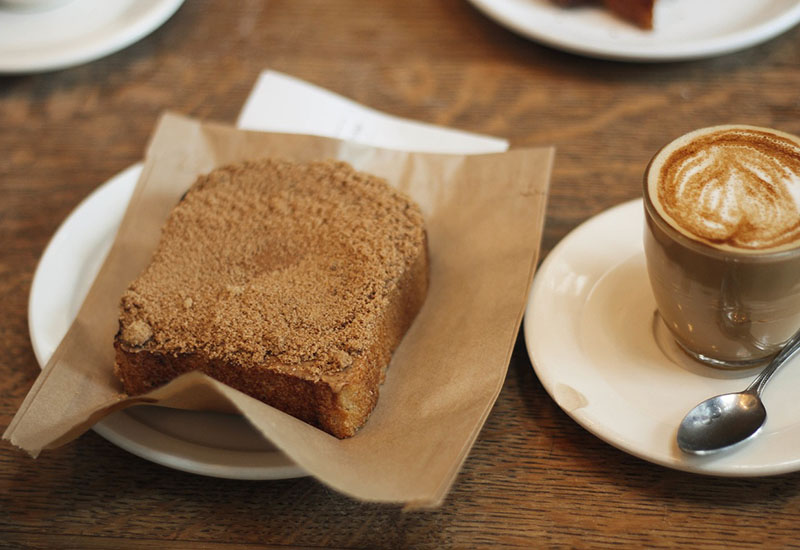 Pastry lovers, we know how much you enjoy a freshly baked cinnamon roll. Perhaps you love it too much to concern yourself with its alarming sugar and fat content. What if we told you that you can have two cinnamon toasts in its place for less calories? That’s right, the average cinnamon roll (350 cals) contains more than twice the amount of calories than a toast (123 cals) as it is made with more sugar, butter, eggs and in some recipes, cream cheese. The next time you’re craving one, do yourself a favour and make your own wholemeal toast topped with cinnamon and maple syrup.
Pastry lovers, we know how much you enjoy a freshly baked cinnamon roll. Perhaps you love it too much to concern yourself with its alarming sugar and fat content. What if we told you that you can have two cinnamon toasts in its place for less calories? That’s right, the average cinnamon roll (350 cals) contains more than twice the amount of calories than a toast (123 cals) as it is made with more sugar, butter, eggs and in some recipes, cream cheese. The next time you’re craving one, do yourself a favour and make your own wholemeal toast topped with cinnamon and maple syrup.
Photos: Pexels and Pixabay




